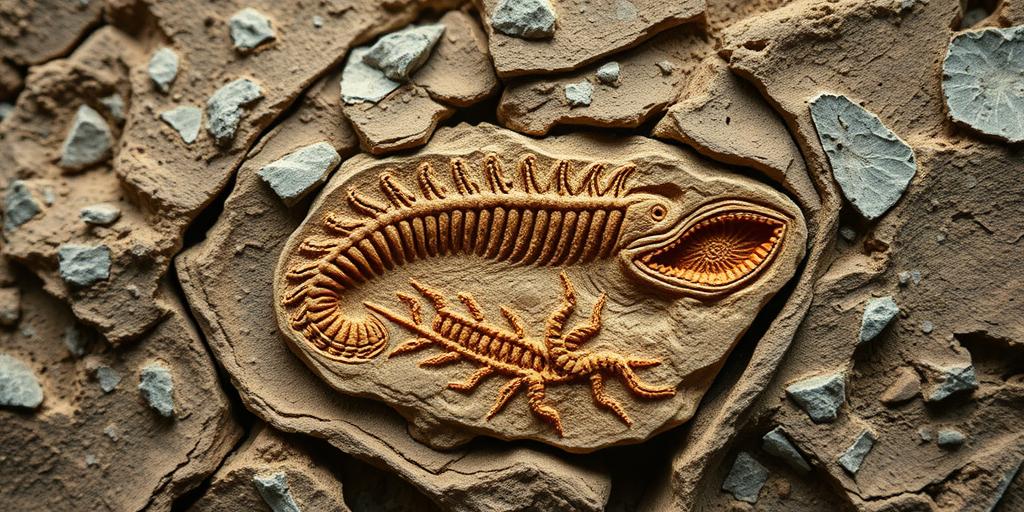Understanding Fossilization: How Ancient Life is Preserved
Fossilization is the remarkable process by which the remains or traces of ancient life are preserved in rock. It provides a window into the past, allowing scientists to study the evolution of organisms and the changing environments of Earth. This article delves into the various methods of fossilization, the conditions necessary for it to occur, and the significance of fossils in understanding the history of life.
What is Fossilization?
Fossilization is the process by which organic material is replaced by minerals over long periods. This typically occurs when an organism dies and is buried under layers of sediment. Over time, the sediment hardens into rock, preserving the organism's form. However, fossilization is a rare event, as most organisms decompose or are destroyed by scavengers or geological processes.
Types of Fossilization
There are several types of fossilization, each resulting in different kinds of preservation:
- Permineralization: This is the most common type of fossilization. It occurs when minerals carried by water fill the pores and cavities of a bone, shell, or plant. The minerals harden, creating a rock-like replica of the original organism. Petrified wood is a classic example of permineralization.
- Replacement: In this process, the original material of the organism is completely replaced by minerals. The minerals gradually dissolve the original substance and deposit new minerals in its place, preserving the organism's structure in detail.
- Casts and Molds: When an organism is buried in sediment and then decays completely, it leaves a void or mold. If this mold is later filled with minerals, it forms a cast, which is a three-dimensional replica of the original organism. Both molds and casts provide valuable information about the shape and size of ancient life forms.
- Compression: This type of fossilization is common for plants. When a plant is buried under sediment, the pressure compresses the organic material, leaving a flattened, two-dimensional imprint in the rock. Compression fossils often preserve intricate details of leaves and stems.
- Impressions: Similar to compressions, impressions are formed when an organism leaves an imprint in soft sediment, which later hardens into rock. Footprints, tracks, and burrows are examples of impression fossils, providing insights into the behavior and movement of ancient animals.
- True Form Preservation: In rare cases, organisms can be preserved in their original form. This can occur in environments that prevent decay, such as ice, amber (fossilized tree resin), or tar pits. These fossils provide exceptionally detailed information about the organism's anatomy and even its soft tissues.
Conditions Necessary for Fossilization
Several conditions must be met for fossilization to occur:
- Rapid Burial: Quick burial in sediment protects the organism from scavengers, decomposition, and erosion.
- Presence of Hard Parts: Organisms with bones, shells, or other hard parts are more likely to be fossilized than those with only soft tissues.
- Fine-Grained Sediment: Fine-grained sediments, such as mud or silt, preserve more detail than coarse-grained sediments like sand or gravel.
- Lack of Oxygen: Anoxic (oxygen-poor) environments inhibit the growth of bacteria that cause decomposition.
- Long Periods of Stability: The fossil must remain undisturbed for millions of years while the surrounding sediment turns into rock.
Significance of Fossils
Fossils are invaluable for understanding the history of life on Earth. They provide evidence of extinct species, document evolutionary transitions, and reveal how organisms have adapted to changing environments. Fossils also help scientists reconstruct ancient ecosystems and understand the relationships between different species. Here are some specific ways that fossils are significant:
- Evolutionary History: Fossils provide a tangible record of how life has evolved over millions of years. They show the gradual changes in organisms and the emergence of new species.
- Dating Rocks and Sediments: Fossils can be used to determine the age of the rocks in which they are found. Index fossils, which are widespread and lived for a relatively short period, are particularly useful for dating geological strata.
- Paleoenvironmental Reconstruction: Fossils can provide clues about the environments in which ancient organisms lived. For example, fossils of marine organisms found in inland areas indicate that the area was once covered by water.
- Climate Change Studies: By studying the distribution of fossils in different regions and time periods, scientists can gain insights into past climate changes and their effects on life.
Conclusion
Fossilization is a complex and rare process that provides invaluable insights into the history of life on Earth. By understanding the different types of fossilization and the conditions necessary for it to occur, scientists can continue to unlock the secrets of the past and gain a deeper appreciation for the diversity and evolution of life.









